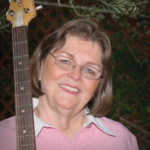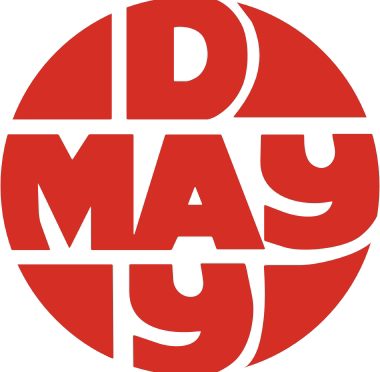After more than a year, the New Jersey Symphony Orchestra (NJSO) has signed a two-year agreement that was ratified in December 2015. The agreement is retroactive to September 2015 and effective through August 2017.
The agreement includes an allowance to continue to iron out several minor outstanding issues after ratification. Due to management delays, the process of addressing those issues and signing the contract dragged on until April of this year.
Under the two-year agreement, the season length remains 29 weeks and the orchestra size remains 66 musicians, members of Local 16-248 (Newark-Paterson). Annual salary increased from just over $37,000 in 2014-2015 to $38,529.43 in the current 2016-2017 season.
NJSO musicians previously did not contribute to healthcare, but are now responsible for a small portion of a deductible. Vacation structure changed from two vacation weeks and one relief week per season, to three vacation weeks. A 36-week cap was set for maximum disability time.












